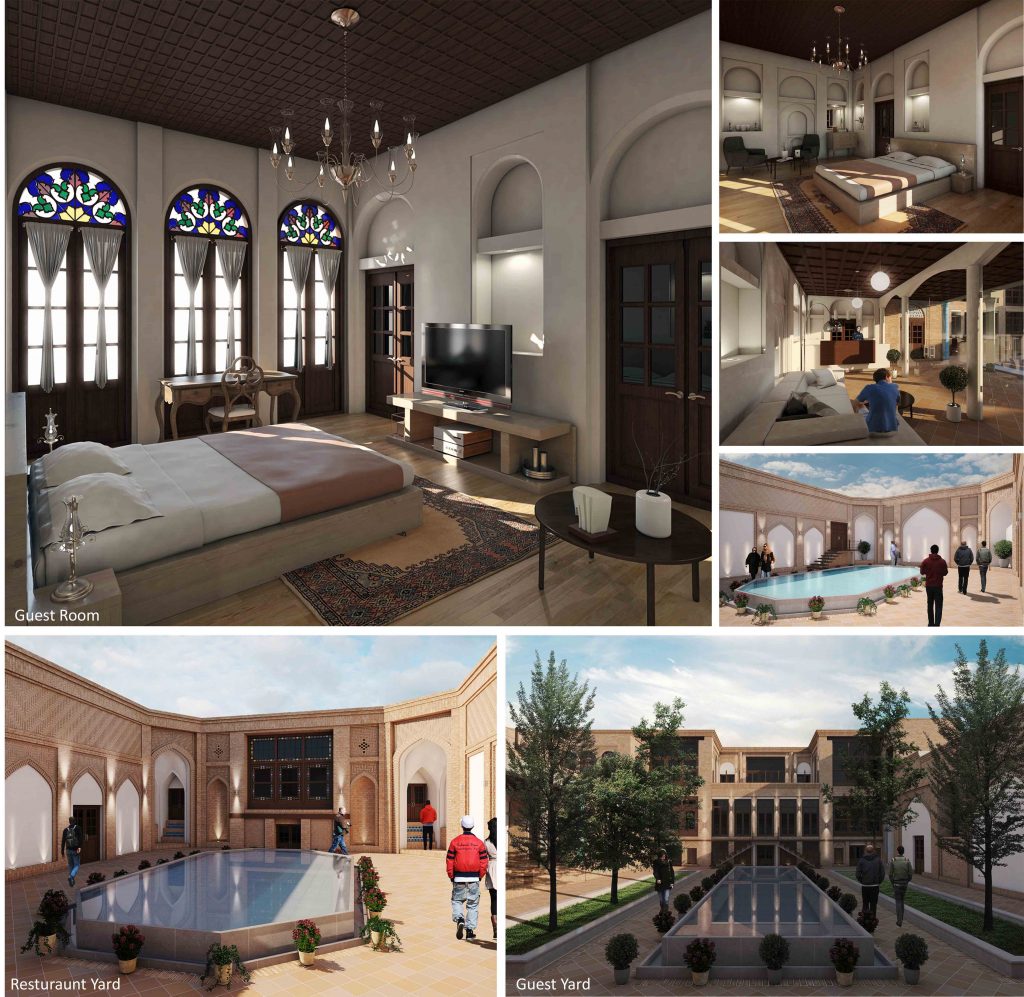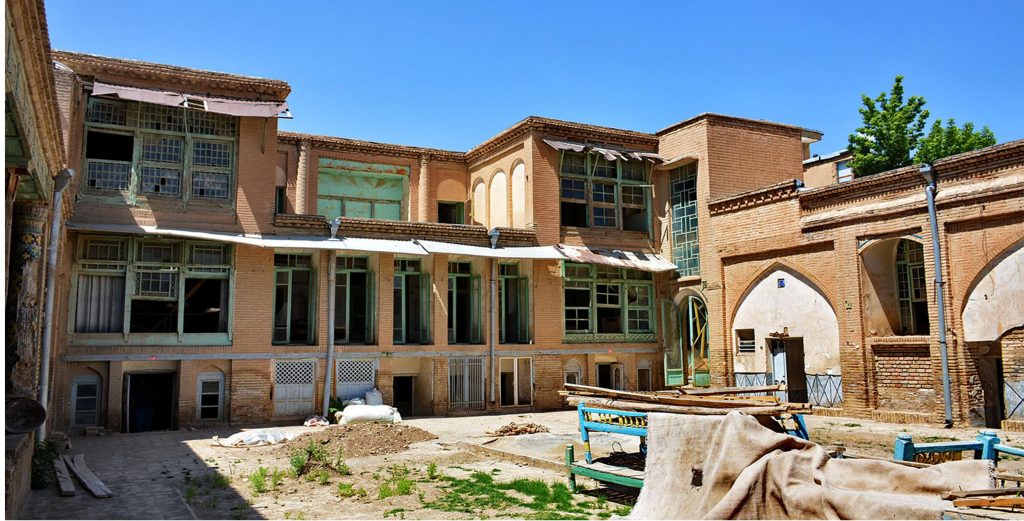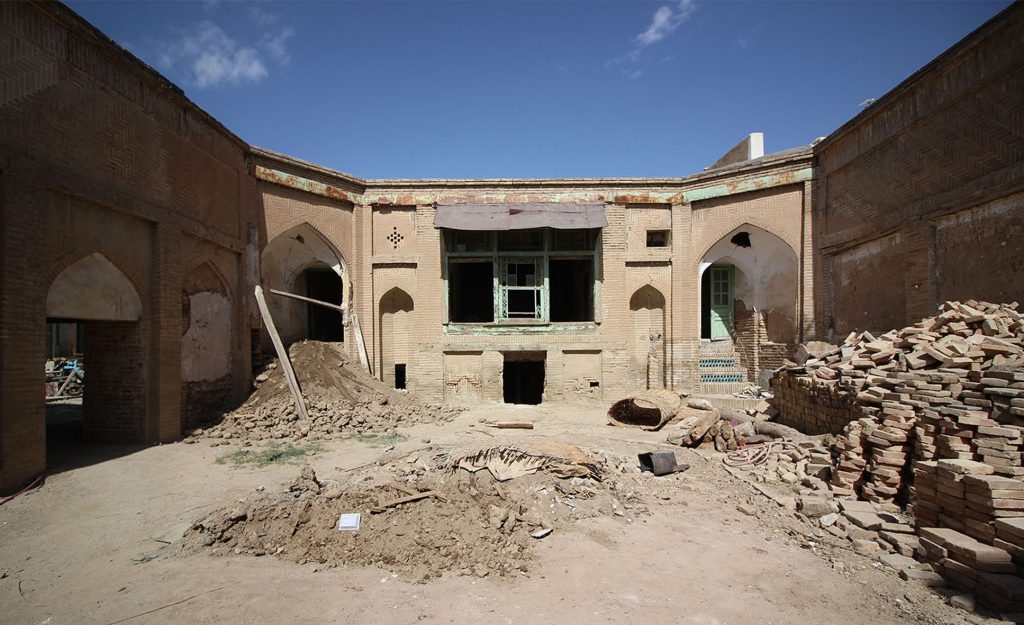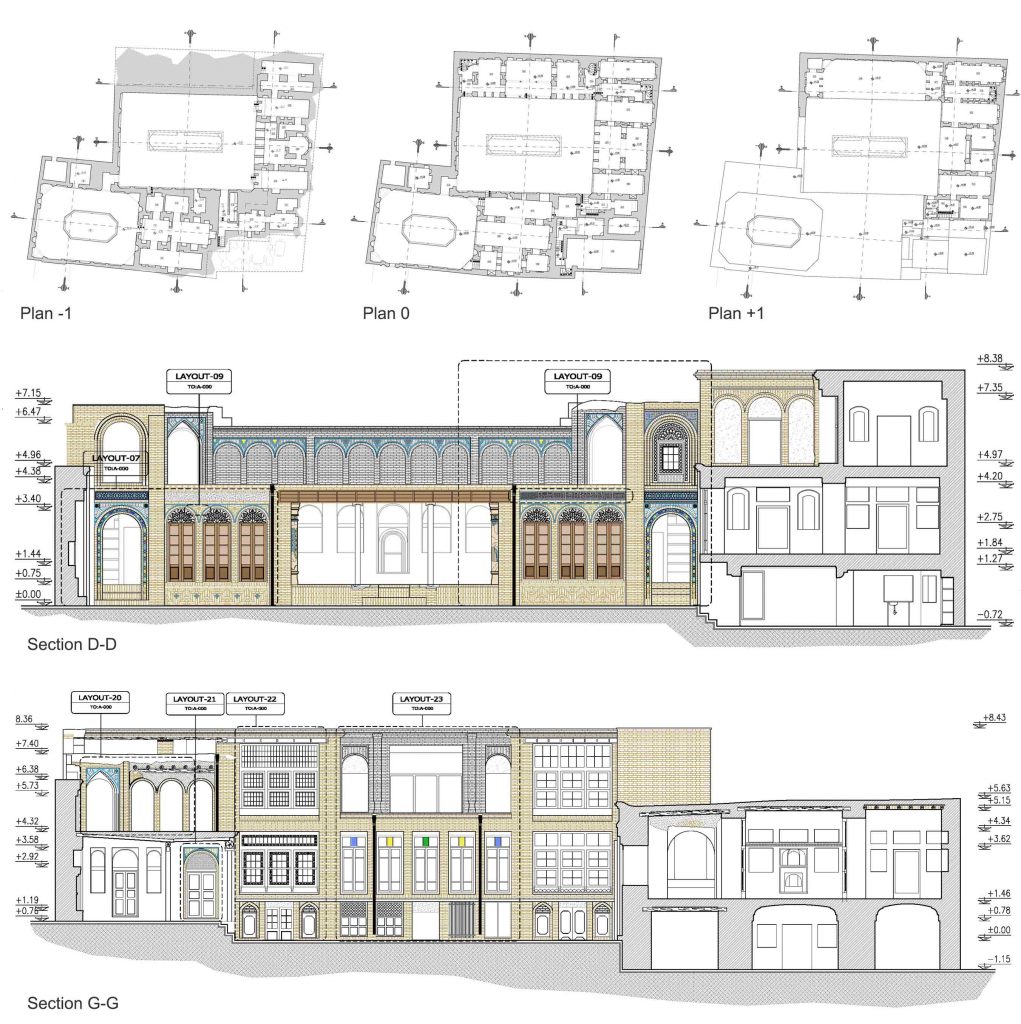

The Moqis-ol-Eslam House is one of the historical mansions of Boroujerd, which is located in the Sufi neighborhood in the eastern part of the Tabatabai complex. According to the documents, the house belonged to “Haj Mirza Abutrab (died in 1859). Although there is no historical inscription in the building, it can be imagined that the house was inhabited in the period of 1815-1835 during the reign of Fathali Shah (1772-1834). The house consists of two outer (Biruni) and inner (Andaruni) courtyards, and different parts of the house were located around these two open areas.

The most important feature of the Moqis House is the presence of second-floor yards (Mahtabi) and a unique two-column porch that is located in the inner yard. Based on the evidence and historical studies, Construction of the house began in the Zandieh period with the outer courtyard. Other parts, including the inner courtyard and its surrounding spaces, were completed in two periods during the Qajar dynasty. The later changes are related to the Pahlavi period.

The revitalization plan of Moqis House has tried to use international theoretical charters & standards to organize the historic mansion as a 4-star hotel boutique. By establishing a reception & restaurant section in the outer courtyard and residential parts in the inner courtyard, conservation teams start to executive works on structural aspects of the buildings and their ornamental surfaces.

To strengthen the soil bed, a grout injection operation was proposed. The walls were reinforced with gypsum mortar and the parts that were prone to destruction were rebuilt. By lightening and removing the extra load, the roofs were reinforced with new wooden elements.
Go to top